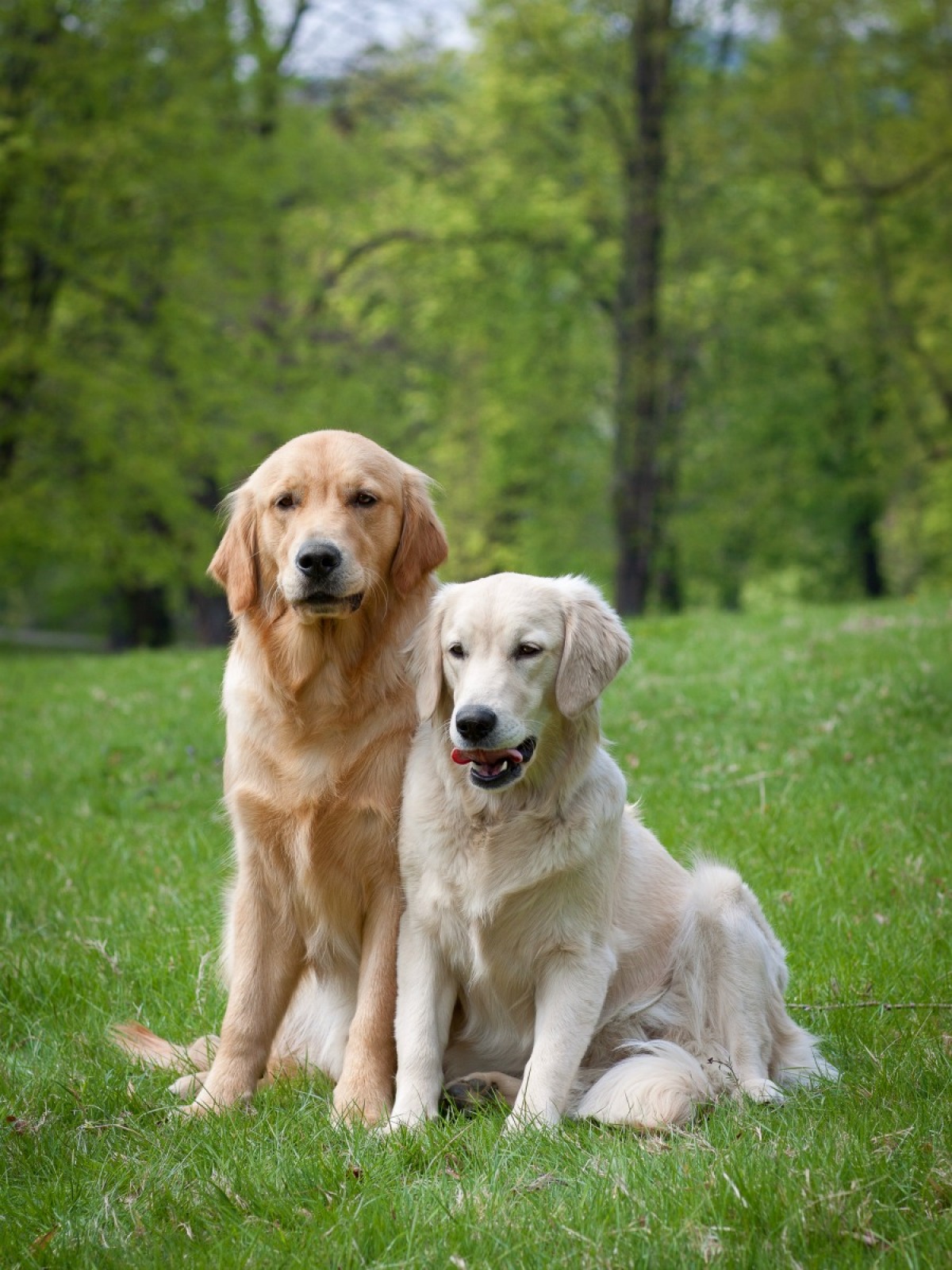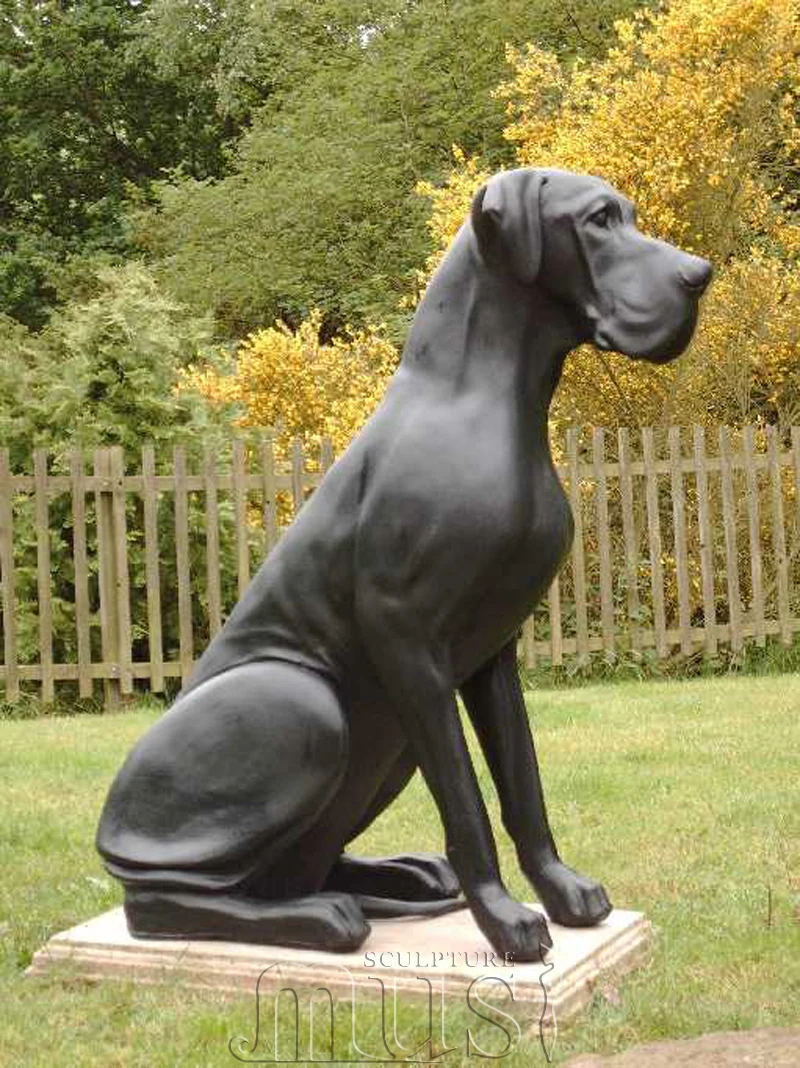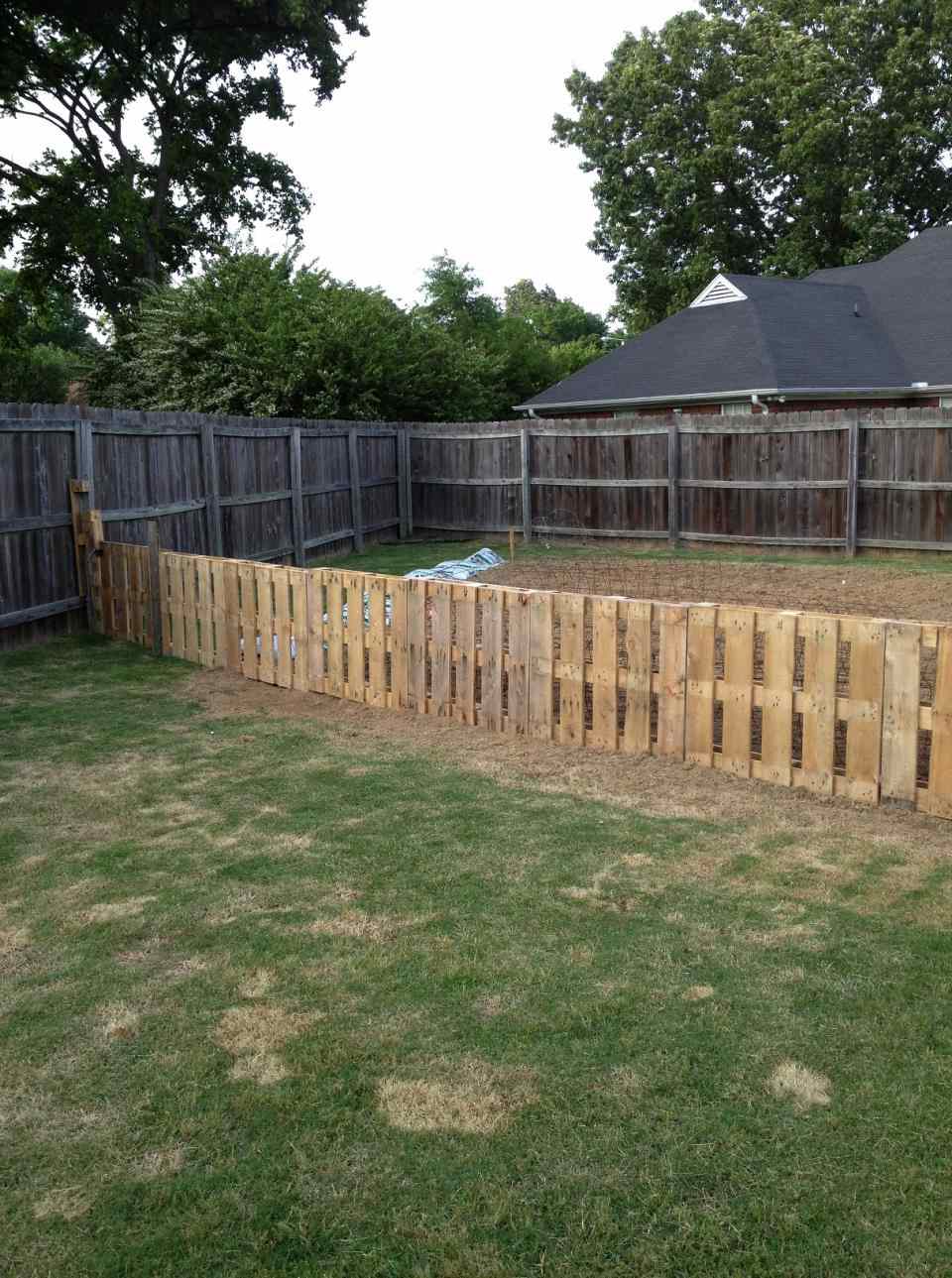

#DOG BARRIER FOR YARD UPGRADE#
This low-cost upgrade to your gate can also be incredibly beneficial if you have kids.Ĭhildren can be forgetful, and the last thing you want is for a simple mistake to end up being the reason why your beloved pooch was able to run away. As the name suggests, this simple upgrade ensures that the gate automatically closes behind you.īy installing self-closing springs on your gate, you can avoid costly mistakes. Self-Closing SpringsĪnother security measure you can choose to add to your gate is self-closing springs.

This configuration will prevent the gate from swinging open if your dog is pushing against it and you forgot to latch it properly. The safest option is a gate hinged on the inside, so it swings inwards towards your yard. The Direction of the HingesĪnother consideration is how the gate is hinged. Not only can they swing open if the latch isn’t secure, but your dog might also be able to escape underneath it if it doesn’t extend to the ground. Unfortunately, gates tend to be the most vulnerable part of a dog fence. A gate that isn’t secure can spell disaster for the owner of an adventurous dog.Įven if you choose a fence durable enough to last and high enough to keep your dog safe, the entire fence will fail to serve its purpose if the gate isn’t secure. Material and Your Budgetįence gates naturally open to let you walk in and out of your yard. This is why we always recommend building the fence taller than you need to keep your dog penned in your yard and prevent any unwanted visitors. While preventing your dog from escaping should be the main consideration, you should also remember that a secondary purpose that your fence will serve is keeping other dogs out.Įven if you have a small dog that can’t jump very high, you don’t want a strange and potentially dangerous dog to get over the fence.
#DOG BARRIER FOR YARD HOW TO#
See our related article, How Tall Does a Dog Fence Need to Be? for fencing tips, tricks, and how to measure your dog to determine fence height! Keeping Other Dogs Out Smaller breeds, especially docile ones, are usually safe with a fence 4 to 5 feet tall, but there’s nothing wrong with being cautious and going higher. That said, this is definitely not enough for the larger breeds.Įven for smaller breeds that are really energetic, like a Jack Russel Terrier, a fence that’s only 4 feet tall may be a waste of resources.įor larger dogs and active breeds, we recommend a fence that’s 6 feet high or taller. Read our related article… What Are the Best Ways to Keep a Dog in the Yard? We explore various ways to keep your dog safe at home (you may haven’t thought of these!) Recommended Heightsįor very small dogs, a dog fence should be at least 4 feet high. While certain dogs are more docile, others will attempt to jump over obstacles whenever they encounter them. When planning your fence and choosing materials, consider the physical size of your dog and its jumping abilities.Įach dog is different, and they all have different jumping tendencies.

If it’s not high enough, your dog will be able to climb or jump over it, defeating the entire purpose of the fence. Naturally, the most important feature of any good dog fence is its ability to keep your dog contained. If you have an escape artist, a high fence can prevent your dog from leaving your yard – and prevent other animals from hopping in!


 0 kommentar(er)
0 kommentar(er)
